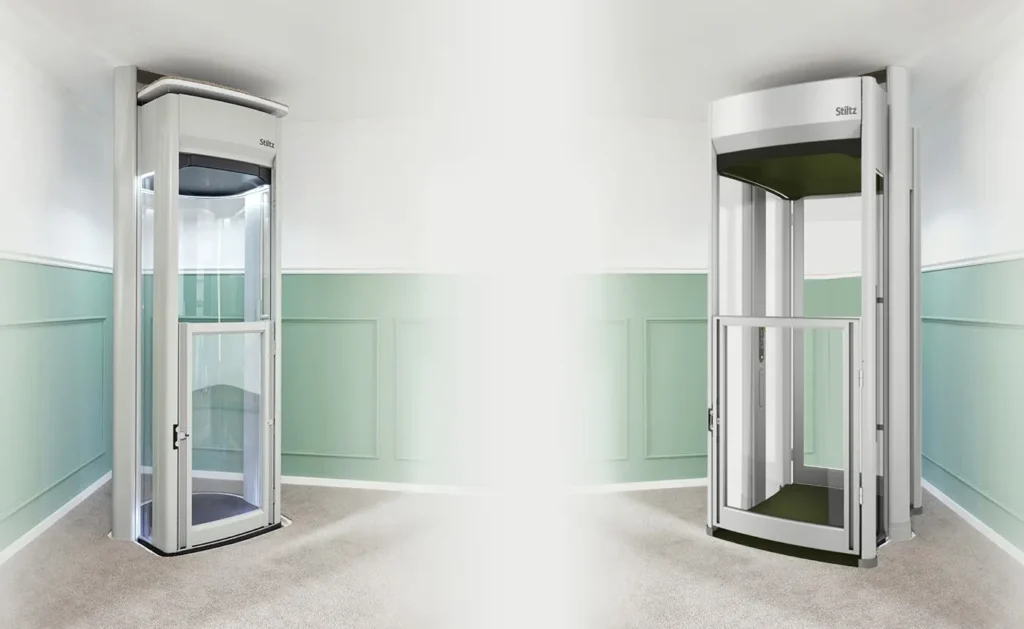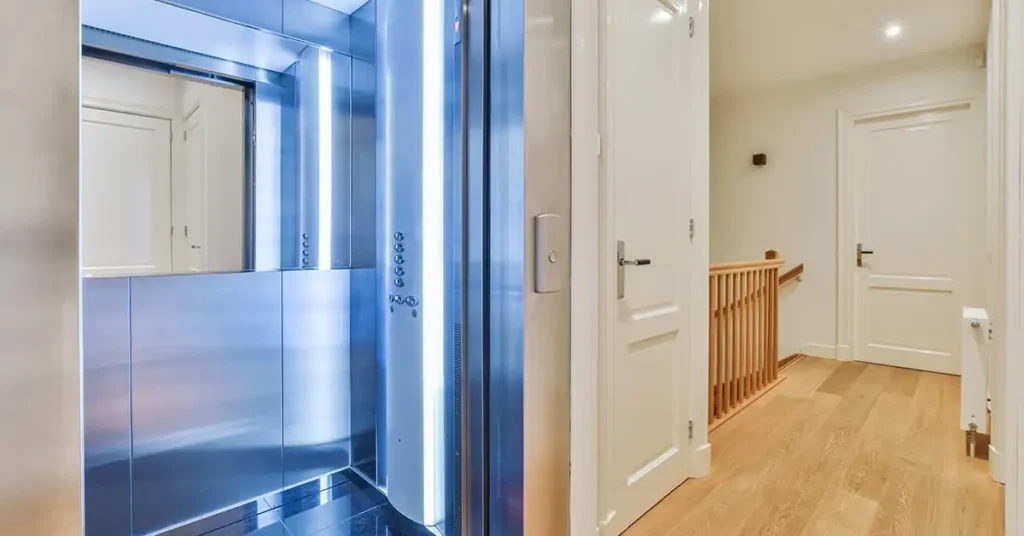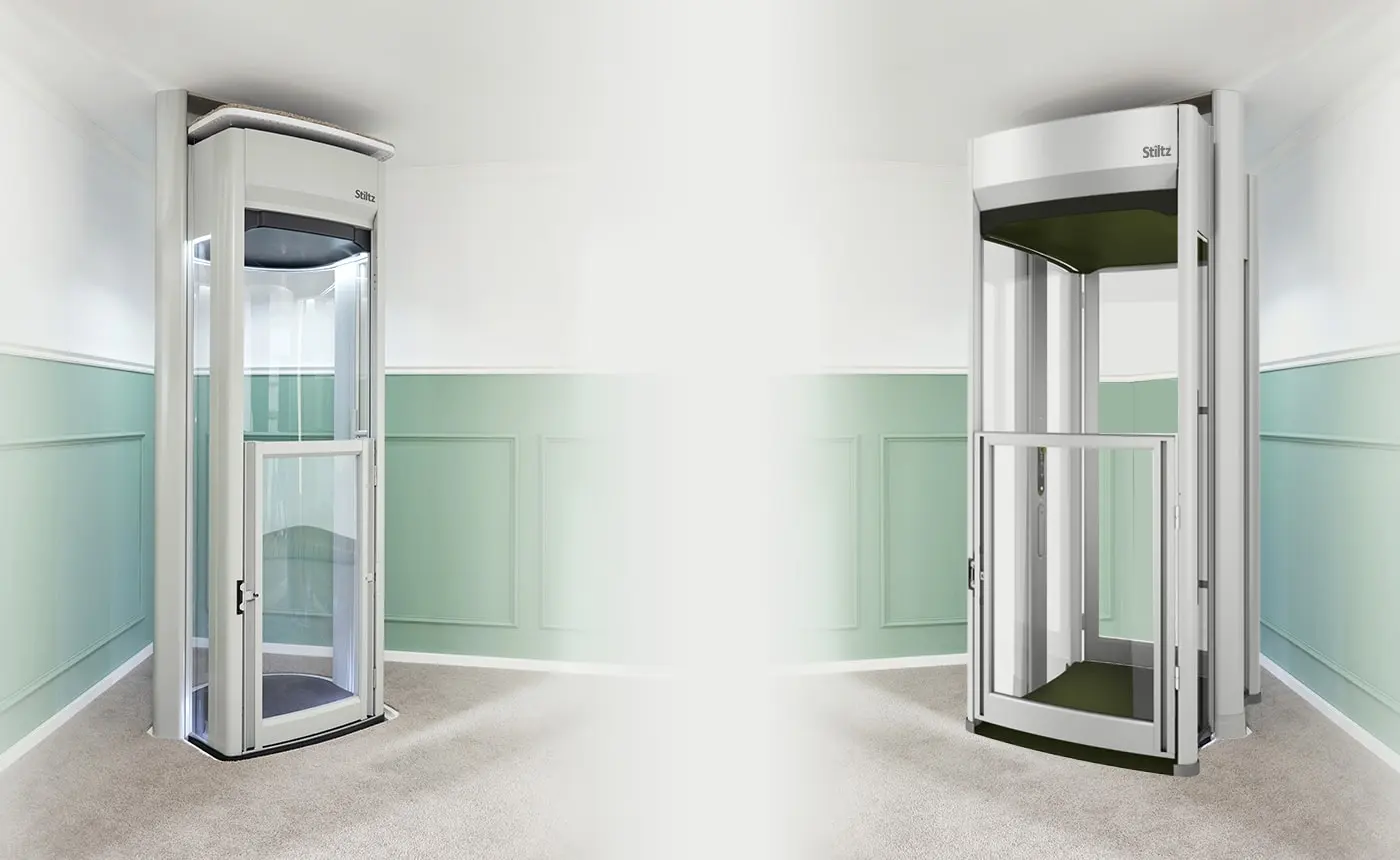In today’s fast-paced world, where accessibility and convenience are paramount, residential elevator installation can significantly enhance your Home Elevator Installation functionality and appeal. Whether you’re considering home lift installation for aging family members or to add a touch of luxury, understanding the process and costs associated with elevator installation is crucial. This comprehensive guide will walk you through everything you need to know about installing a home elevator, from choosing the right type to navigating the installation process and beyond.

Content
Types of Home Elevators
Home elevators come in various types, each suited to different needs and structural requirements:
- Hydraulic Elevators: Known for their smooth operation and ability to handle heavier loads, hydraulic elevators are ideal for homes with multiple floors and larger space availability.
- Electric Traction Elevators: These elevators use a system of cables and counterweights, making them efficient for medium to high-rise residential buildings and homes with compact spaces.
- Pneumatic Vacuum Elevators: Sleek and modern, these elevators operate using air pressure changes, making them suitable for homes where space and design aesthetics are critical.
Factors to Consider Before Installation
Before diving into the home elevator Installation process, several crucial factors need careful consideration:
- Space and Location Requirements: Assessing the available space for elevator shafts and ensuring compliance with local building codes and regulations are essential first steps.
- Budget Considerations: From elevator installation cost to long-term maintenance expenses, setting a realistic budget helps in planning and selecting the most suitable elevator type.
Planning and Preparation
Proper planning lays the foundation for a successful home elevator installation:
- Structural Assessments: Engaging professionals to evaluate structural integrity ensures that your home can support the elevator’s weight and operational needs.
- Electrical and Mechanical Considerations: Coordination with electricians and mechanical engineers ensures seamless integration of electrical wiring and elevator mechanics.
Steps in the Installation Process
The installation process typically follows these essential steps:
- Site Preparation and Groundwork: Clearing designated spaces, preparing foundations, and creating elevator shaft openings are critical initial steps.
- Elevator Shaft Construction or Retrofitting: Constructing a new shaft or retrofitting an existing space to accommodate the elevator’s structural components.
- Installation of Elevator Components: Assembling the elevator cab, installing guide rails, and integrating mechanical systems such as motors and control panels.
Elevator Installation Cost
Understanding the financial aspects of DIY home elevator installation is crucial:
- Breakdown of Installation Costs: Costs vary based on elevator type, construction requirements, and additional features like accessibility options or custom designs.
- Maintenance and Operational Costs: Budgeting for routine maintenance, repairs, and energy consumption ensures long-term efficiency and reliability.
Benefits of Installing a Home Elevator

Installing a home elevator offers a multitude of benefits beyond convenience:
- Accessibility and Convenience: Enhancing mobility for elderly family members or individuals with disabilities, providing effortless access to all levels of the home.
- Increase in Property Value: Elevators can significantly enhance property resale value, appealing to prospective buyers looking for luxury and accessibility features.
- Lifestyle Enhancement: Streamlining daily activities, reducing physical strain, and improving overall quality of life for all household members.
Maintenance and Care
Regular maintenance ensures optimal performance and longevity:
- Routine Maintenance Tasks: Scheduled inspections, lubrication of moving parts, and testing safety features to ensure compliance with safety standards.
- Troubleshooting Common Issues: Addressing minor issues promptly to prevent escalations and minimize downtime.
Elevator Installation Companies

Selecting a reputable elevator installation companies is crucial for a successful project:
- Researching Reputable Companies: Reading reviews, checking credentials, and verifying licenses and certifications.
- Getting Multiple Quotes: Comparing estimates ensures transparency in pricing and services offered.
- Checking References: Seeking recommendations from previous clients provides insights into service quality and customer satisfaction.
Conclusion
In conclusion, installing a home elevator is a transformative investment that enhances accessibility, convenience, and property value. By understanding the different types of elevators, planning meticulously, considering financial implications, and prioritizing maintenance, homeowners can embark on a journey towards improved mobility and enhanced living standards. Whether for practical reasons or luxury aspirations, the decision to install a home elevator promises long-term benefits and elevates the overall quality of residential living. This guide equips you with the knowledge needed to navigate the complexities of home elevator installation confidently. Embrace the opportunity to redefine your home’s accessibility and functionality with a well-planned and expertly executed elevator installation.

Elena Mohr is a dedicated home blogger who has been blogging for over six years. She covers everything home related. Elena also loves writing posts about her travels to Europe with her husband and two children.


